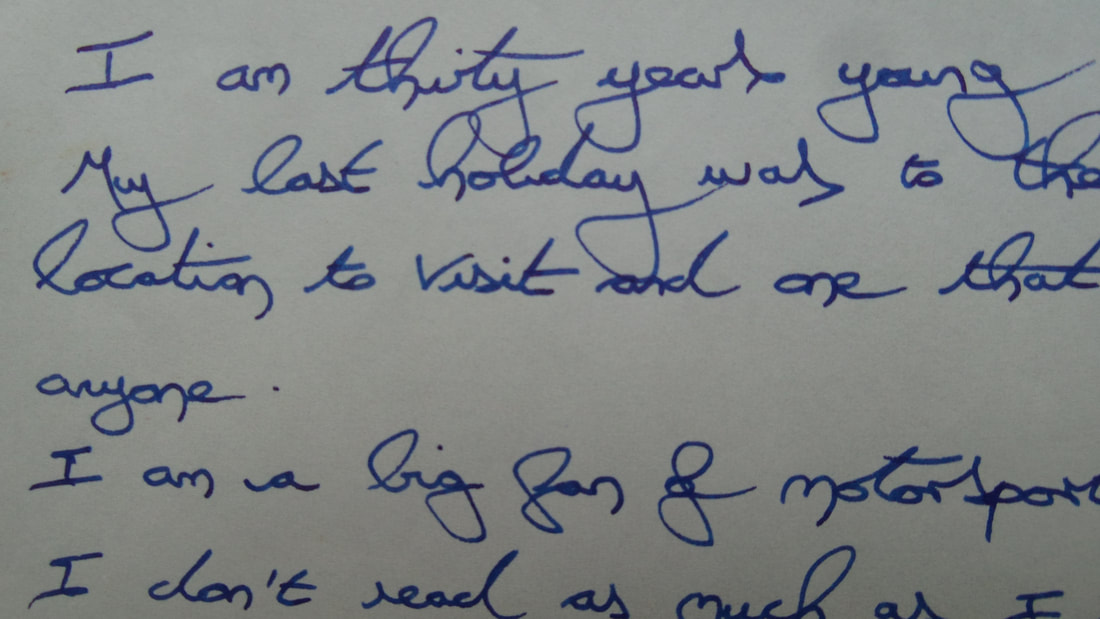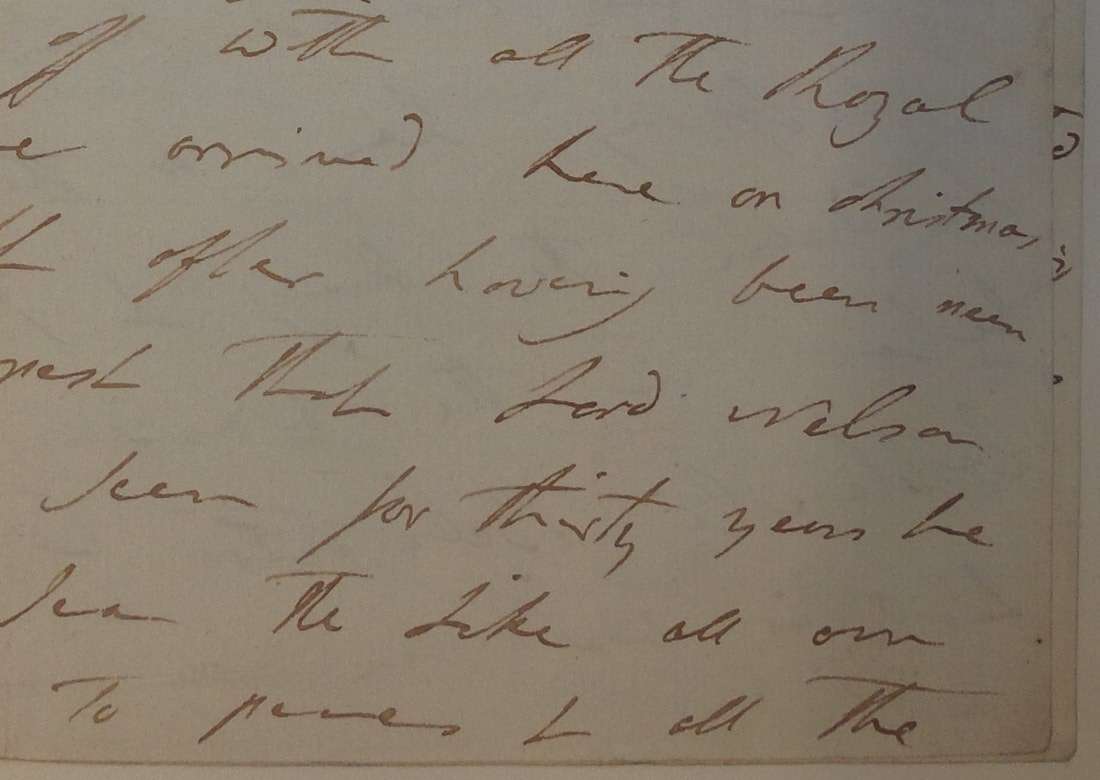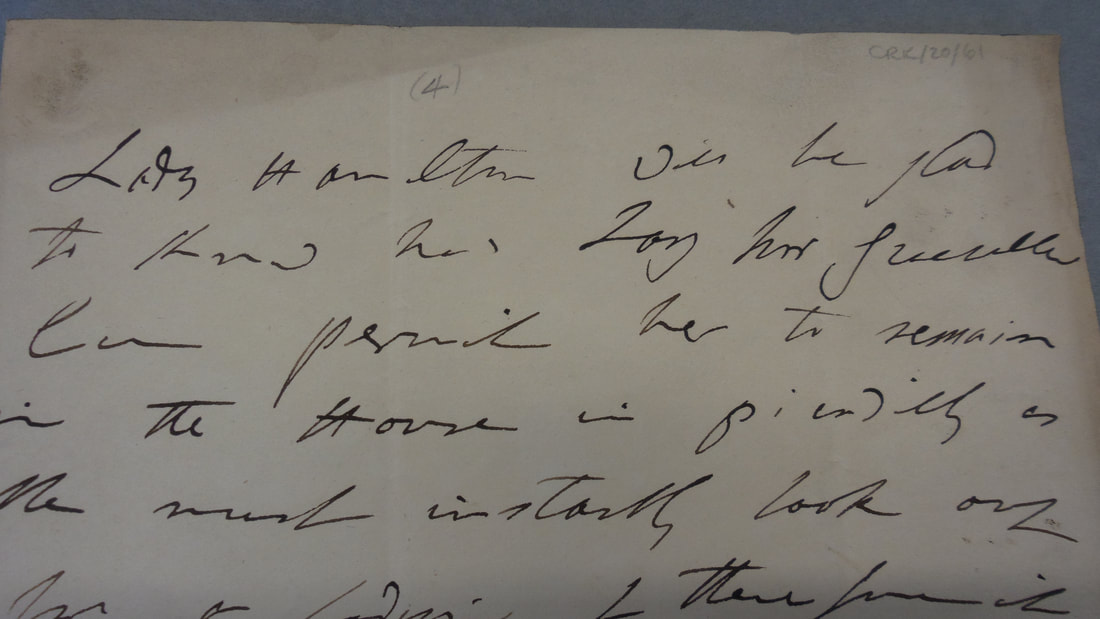Initially, the graphologist needs to identify what is going on in the writing with regards to Form, Space, Movement and Stroke, as well as Tension, Structure, Openness and Axis.
For example, how does a writing move across the page (e.g. with ease, with impatience, with discipline)? Graphology terms for 'type of Movement' include 'Obstructed', 'Propulsive' and 'Static', all of which are clearly defined and have specific meanings.
There are more than 150 technical graphology terms that are used in describing a handwriting e.g. 'Large', 'Prolonged Up and Down' or 'Flowing', and these must be sifted through, and carefully chosen in order to describe the handwriting properly.
Each of these graphology terms has a meaning that is described in classic graphology textbooks, used by the British Academy of Graphology (such as 'The International Manual of Graphology' by Herbert, Keefe, Riley & Stirling).
The graphologist needs to collate the meanings for these graphology terms and synthesise them into a personality profile, which explains how the personality functions in terms of Thinking, Activity, Emotions and Adaptability.
It is a complicated process, and a handwriting analysis normally takes a minimum of 3 hours from start to finish.
For example, how does a writing move across the page (e.g. with ease, with impatience, with discipline)? Graphology terms for 'type of Movement' include 'Obstructed', 'Propulsive' and 'Static', all of which are clearly defined and have specific meanings.
There are more than 150 technical graphology terms that are used in describing a handwriting e.g. 'Large', 'Prolonged Up and Down' or 'Flowing', and these must be sifted through, and carefully chosen in order to describe the handwriting properly.
Each of these graphology terms has a meaning that is described in classic graphology textbooks, used by the British Academy of Graphology (such as 'The International Manual of Graphology' by Herbert, Keefe, Riley & Stirling).
The graphologist needs to collate the meanings for these graphology terms and synthesise them into a personality profile, which explains how the personality functions in terms of Thinking, Activity, Emotions and Adaptability.
It is a complicated process, and a handwriting analysis normally takes a minimum of 3 hours from start to finish.




 RSS Feed
RSS Feed